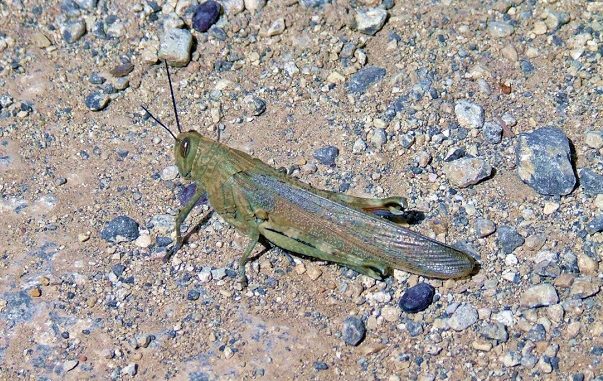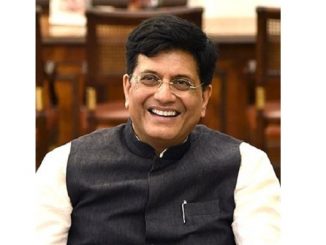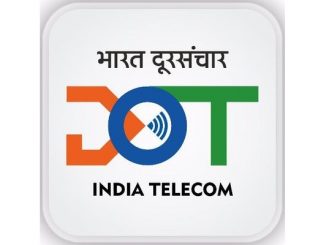
June 23: To overcome the limitation of importing equipment, the Department of Agriculture, Cooperation & Farmers’ Welfare (DAC&FW), under Make in India initiative, has taken up the challenge to indigenously develop a vehicle-mounted ULV sprayer for locust control. Leading the initiative, the Mechanization and Technology Division of DAC&FW got a prototype of the sprayer developed through an Indian manufacturer. The trials of the sprayer have been successfully conducted in Ajmer and Bikaner district of Rajasthan. The other approvals required for commercial launch are underway. This is a major breakthrough as this will end the dependence of importing very important equipment of locust control.
At present, the sole supplier of vehicle mounted sprayers is M/s Micron Sprayers, UK. Supply order for 60 nos. of sprayers was placed on the firm in February 2020. Ministry for External Affairs and Ministry for Commerce and Industry were involved in expediting the supply of these equipments. High Commission of India, UK is also regularly following up with the firm and monitoring the early supply of the sprayers. Till date only 15 sprayers have been received. The supply of rest of 45 units would be completed within a month’s time.
However, the ground control vehicles with sprayers used for locust control can spray up to a height of 25-30 ft only. The tractor mounted sprayers also has a limitation in reaching inaccessible areas and tall trees. Therefore, the necessity of exploring aerial spray option was explored.
During a review, Union Minister of Agriculture and Farmers’ Welfare Shri Narendra Singh Tomar directed that deployment of Drones should be explored for Locust control. As the existing policy guidelines issued by Ministry of Civil Aviation (MoCA) did not permit use of drones with payload of pesticides, so DAC&FW requested MoCA for permitting the same and Ministry of Civil Aviation approved conditional exemption to Government entity i.e. Directorate of Plant Protection, Quarantine & Storage, Faridabad (DPPQ&S) for Drone operations for locust control on 21.05.2020. Also, on 22.05.2020, the Standard Operating Procedure of aerial spraying of insecticides by drones, airplanes and helicopters was approved by the Central Insecticides Board for locust control.
Subsequent to the conditional exemption given by MoCA, two firms were empanelled for providing services of drones for spray of pesticides for Locust control. These firms conducted some trials in Jaipur (Rajasthan) and Shivpuri (Madhya Pradesh). As a follow up of Review Meeting held at the level of Cabinet Secretary on 27.05.2020, a meeting was held by Secretary Agriculture, Cooperation and Farmers’ Welfare with Secretary of Ministry of Civil Aviation, representatives of NDMA and Pawan Hans on the same day. The issue of availability of helicopter/aircraft with air-spray equipment and the strategy for maximizing the deployment of drones for locust control was discussed. An Empowered committee under the Chairmanship of the Additional Secretary, DAC&FW comprising of officers of the MoCA, Pawan Hans, DGCA, Air India and DAC&FW as members was constituted for facilitating the procurement of goods and services for aerial spray of pesticides through drones, aircraft and helicopter.
Thereafter, on the recommendation of the Empowered Committee work order for engagement of Drones to five companies (@5 drones each) has been issued. All five drone service providers have started work at Barmer, Jaisalmer, Bikaner, Nagore and Phalodi (Jodhpur) district of Rajasthan with deployment of 12 drones till date in phased manner. The experience of use of drones has been more than satisfactory in inaccessible areas and for effective control over tall trees. The deployment of drones has added another dimension in the capabilities of Locust Circle offices to ensure effective control over desert locust. Food and Agriculture Organization (FAO) of the United Nations has appreciated that India is the first country in the world which is controlling Desert Locust through Drones.
Source: PIB
Disclaimer: We donot claim that the images used as part of the news published are always owned by us. From time to time, we use images sourced as part of news or any related images or representations. Kindly take a look at our image usage policy on how we select the image that are used as part of the news.


